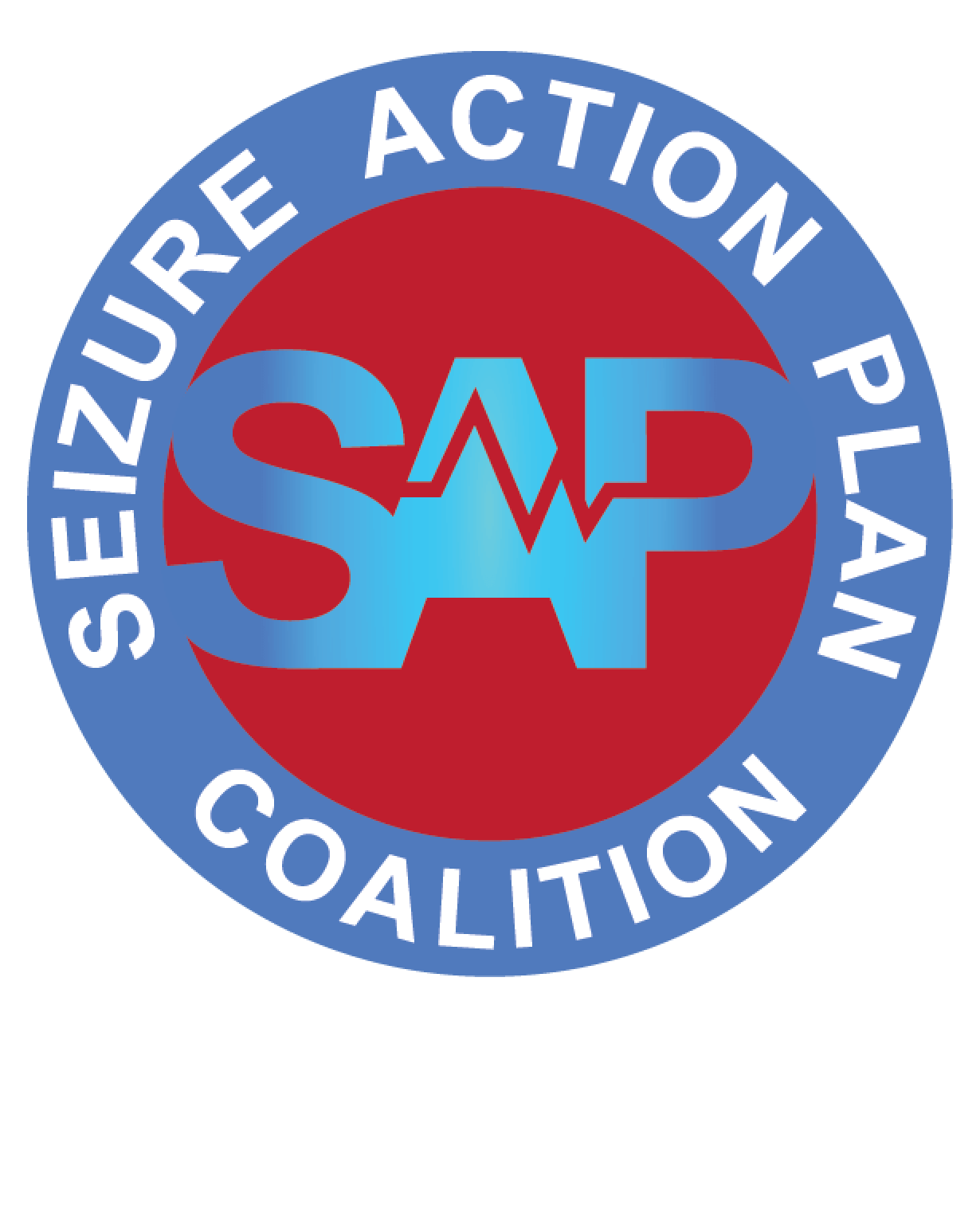For Families
Whether you are a patient or the caregiver of a child or adult with epilepsy, you should work with your neurologist to develop a personalized Seizure Action Plan (SAP).
When developing the SAP, it is important to be clear and concise. Remember the SAP may be utilized under situations of high stress and by individuals who may not know the patient. For some patients, it is suggested the first page of a SAP contain the Seizure Emergency Plan (SEP), which contains all the information needed if a prolonged seizure or seizure cluster occurs. The SEP can be easily shared with other caregivers to prepare them for what to do in case of a seizure emergency and may also be shared with emergency personnel if needed.
Once the SAP is complete, make sure it is readily available to those who know about the patient’s seizures and who they are in regular contact with. A copy should be kept with the patient at all times – especially patients who suffer from a severe form of epilepsy and may be nonverbal or have developmental delays.
SAP Frequently Asked Questions




